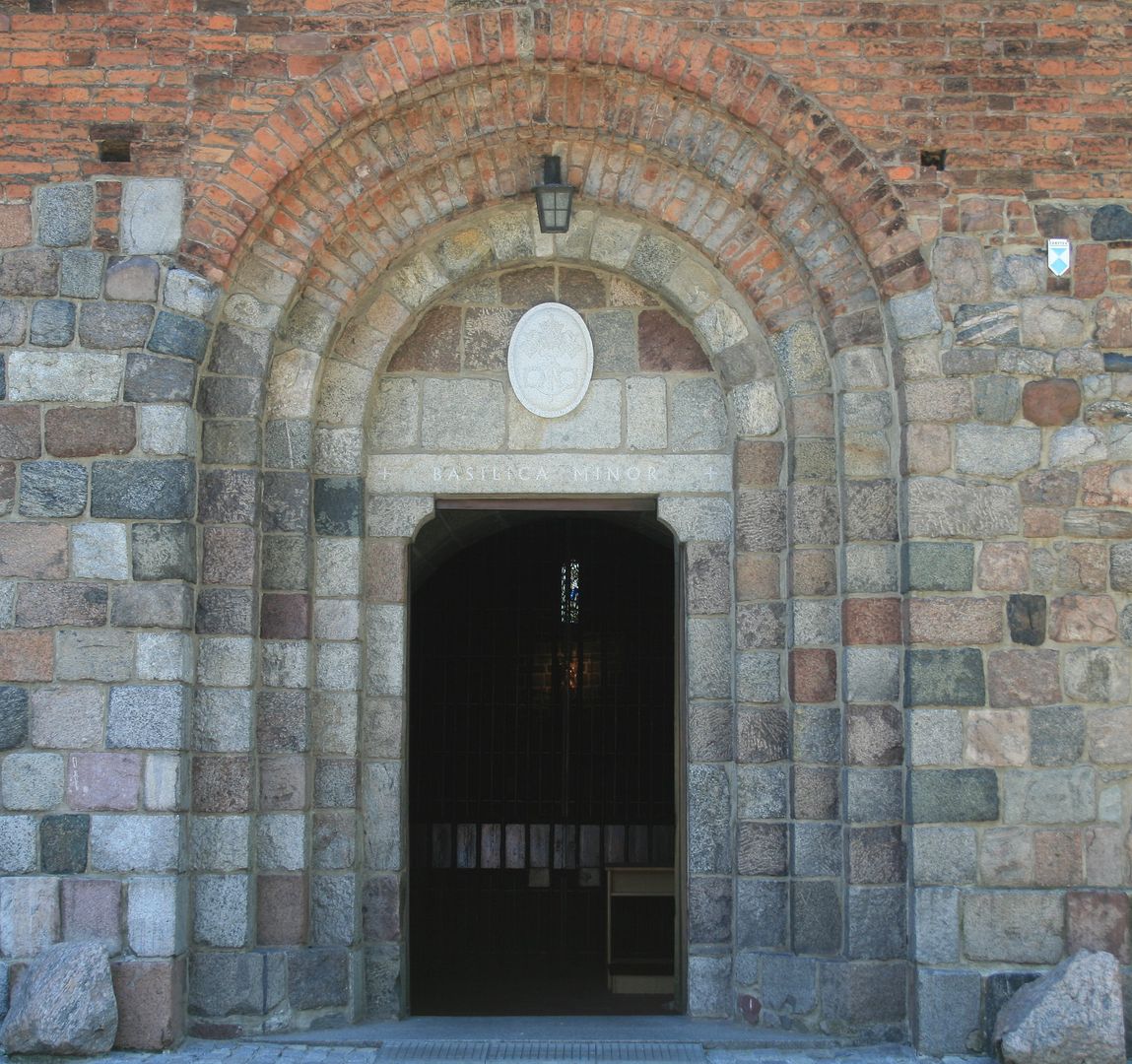Church of the Most Holy Name of the Blessed Virgin Mary in Inowrocław
6.17

Overview
The Church of the Holy Name of the Virgin Mary in Inowrocław, known as the Ruin, is the oldest church in the city and one of the oldest in Kuyavia, with a history dating back to the end of the 12th century. It serves as a parish church and has held the title of a minor basilica since 2008. The structure was built on a moraine hill, and its foundations were intentionally placed on five skeletons, which may be linked to the veneration of relics and pagan customs. After the initial construction phase in the Romanesque style in the early 13th century, the church underwent numerous changes, including the extension of the presbytery and the replacement of the apse with a polygonal closure in the 14th century. From the end of the 16th century, as the church's role diminished, it became the subject of numerous renovations and repairs. In 1779, it partially collapsed, and in the 19th century, it was severely damaged by fire and closed in 1816. In the 20th century, it underwent a reconstruction process that preserved its Romanesque aspects, while modern elements such as the mosaic in the presbytery and the organ added new qualities. The church is known for its monumental architecture, with thick walls, small windows, and defensive features. A valuable element of the interior is the Gothic sculpture of the Smiling Madonna, dating from the turn of the 14th century, as well as the Baroque sculpture of St. Simon the Apostle. The exterior walls are adorned with engravings and bas-reliefs with didactic and apotropaic significance, highlighting the connections between Christianity and the ancient beliefs of the local community. The church is not only a place of worship but also a witness to the centuries-old history of the region, where religious, cultural, and artistic threads intertwine. Its renovations and the title of minor basilica underscore its enduring significance to Inowrocław.
Location
2025 Wizytor | All Rights Reserved